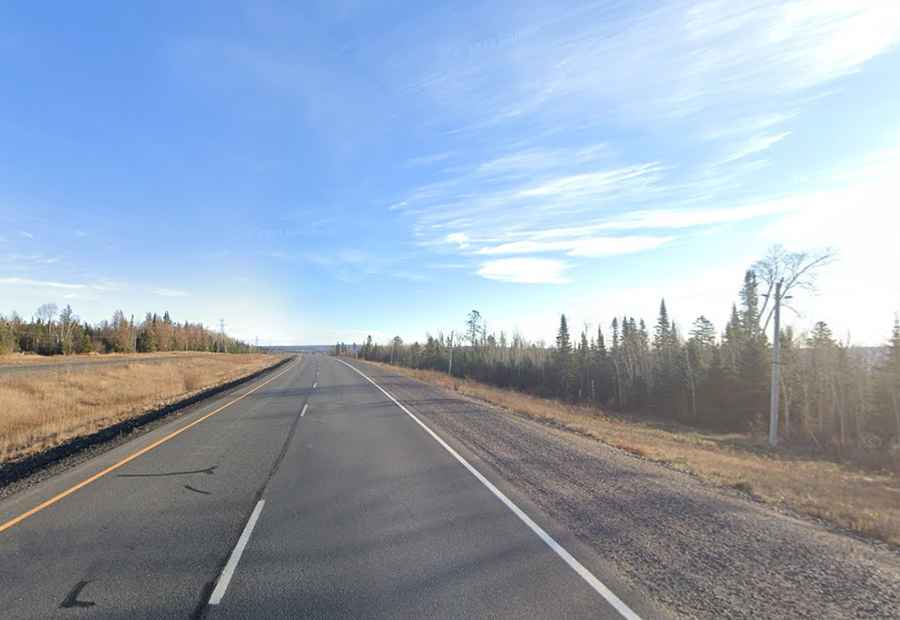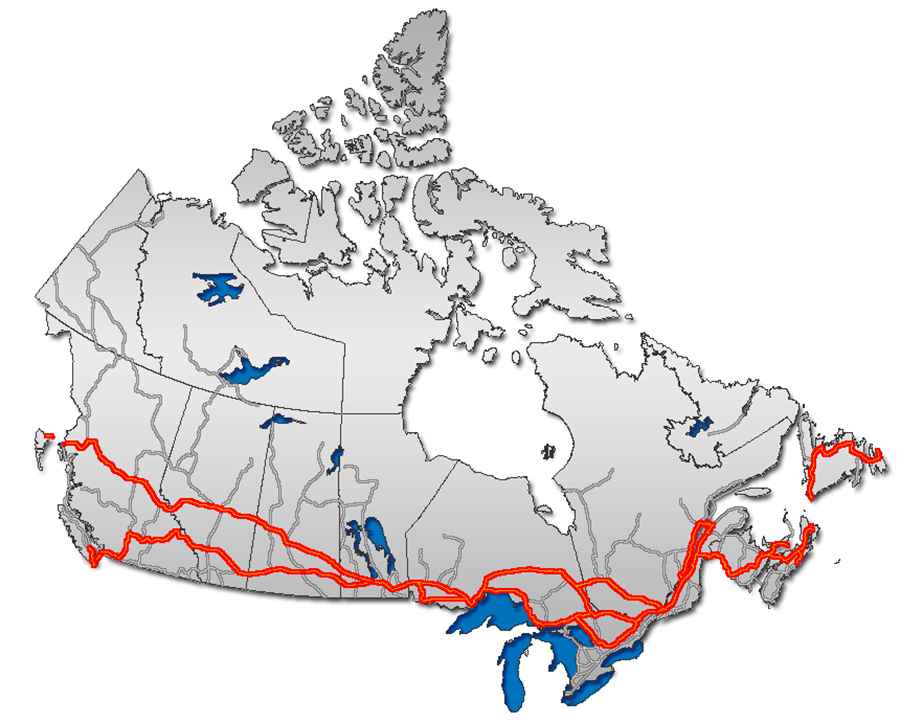Trans-Canada Highway: The Ultimate Road Trip Guide
Running from Victoria in British Columbia to St. John's in Newfoundland and Labrador, the Trans-Canada Highway is Canada's longest national road. It connects Canada's major cities across all ten provinces. It’s one of the longest roads in the world.

How long is the Trans-Canada Highway?
Known by its iconic white-on-green maple leaf route markers, the road is about 8,000 km (4,990 miles) long and comprises Trans Canada Highway 1, Trans Canada Highway 16 (Yellowhead Highway), Ontario Highway 17/417, Ontario Highway 11, Highway 71, Ontario Highway 69/400, Highway 12, Highway 7, Québec Autoroutes 40, 20 and 85/Route 185, Québec Route 117/Ontario Highway 66, Trans Canada Highway 2, Trans Canada Highway 104/105, and Trans Canada Highway 16/1/106.
What to expect while driving the Trans-Canada Highway?
Due to its length, the road, commonly known as TCH or T-Can, offers diverse landscapes and road conditions. From congested urban freeways to remote wilderness and mountain ranges, the highway traverses through a multitude of environments and provides a journey through the country. In the west, the TCH crosses the Rocky Mountains and can be dangerous during winter storms - sometimes the road may even be closed due to snow avalanche risk.
How to get ready to drive the Trans-Canada Highway?
Before hitting the road, it's essential to plan ahead and prepare properly for the trip as the route covers six time zones and varying conditions. It can vary from congested urban freeway (in Ottawa and Montreal) to thousands of kilometers of sparsely-populated wilderness (in northwestern Ontario) or steep mountain ranges (in the Rockies). At this length, it is one of the longest routes of its type in the world, so proper planning and preparation are key, especially in remote areas where mobile coverage may be limited. Make sure your vehicle is in good condition and pack plenty of snacks and water.
How long does it take to drive the Trans-Canada Highway?
While the Trans-Canada Highway offers breathtaking views and endless adventure, before hitting the road you’ll need to be ready for variable conditions. The weather in parts of Canada can be extreme in winter. In much of northwestern Ontario, distances are long, settlements few and far between and cellular telephone coverage is sporadic. Unless you have two (or more) drivers, be prepared to spend at least a week and a half on the highway - not including sightseeing stops. The distances involved are not to be underestimated. Besides, there are plenty of hazards to navigate along the way, from steep mountain passes to unpredictable weather conditions.
